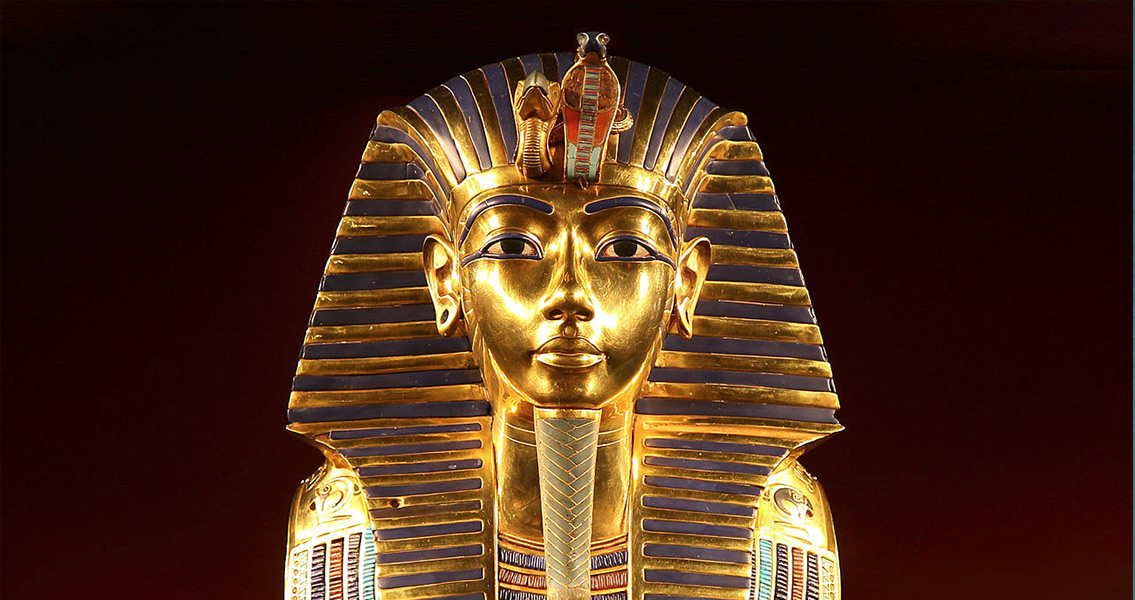<![CDATA[The famous Egyptian king Tutankhamun has fascinated historians and the public alike for decades, ever since his tomb was first unearthed in 1922. The discovery sparked a renewed fascination with Egyptian history and elevated his burial mask to pop culture status. People have conjured up an image of the famous king in their heads, but recent discoveries may just well prove these ideas all wrong. According to researchers in one of the most detailed studies of the pharaoh's remains to date, Tutankhamun had buck teeth, a club foot, and girlish hips. Your dreams of a macho and stately king riding in his chariot into the Egyptian sunset will shatter even more when you learn that he couldn't actually ride a chariot, and depended on a walking stick. King Tut is often referred to as "the boy king", because he began to rule over Egypt when he was just 9 or 10 years old. He was a pharaoh in the eighteenth dynasty, and ruled between 1332 BC and 1323 BC. He married his half-sister and cousin Ankhesenamun in an attempt to continue his family line. This ultimately failed due to both of their children being still-born. The son of Akhenaten, King Tut was originally named Tutankhaten, which means "Living Image of Aten". He later changed his name to Tutankhamun, which means "Living Image of Amun." The cause of his abrupt death at the age of eighteen has long led to speculation. The popular theory is that he died from fractures in his skull and other parts of his skeleton as a result of a chariot crash. Other theories have suggested that he was murdered. A recent discovery by a group of scientists however, has rubbished all of these claims. They believe that Tutankhamun most likely died of an inherited illness. One of the scientists that worked on the project, Albert Zink of the Institute of Mummies and the Iceman in Italy, looked to uncover the truth about King Tut by studying the family's DNA. In doing so, he found that Tutankhamun's father had a relationship with his own sister. This kind of relationship was not frowned upon by ancient Egyptians, as their society did not understand the health problems caused by incest. The scientists claim that a lot of King Tut's family had lived to an advanced age, but his immediate relatives started dying off early. This pattern continued through subsequent generations. The scientists explained that most of the fractures they had found on Tutankhamun happened after his death, except the fracture to his knee, which happened beforehand. Indeed, King Tut relied heavily on walking sticks, with over 130 found in his tomb. These strange discoveries are hard to swallow for some, but are interesting nonetheless. They've also helped break down mysteries about the pharaoh that have puzzled the world for decades. Scientists are continuing their examinations, in a bid to unearth more details about the life of Tutankhamun. The recent discoveries were reported in BBC One's new documentary, "Tutankhamun: The Truth Uncovered."]]>
The Strange Facts of King Tut
